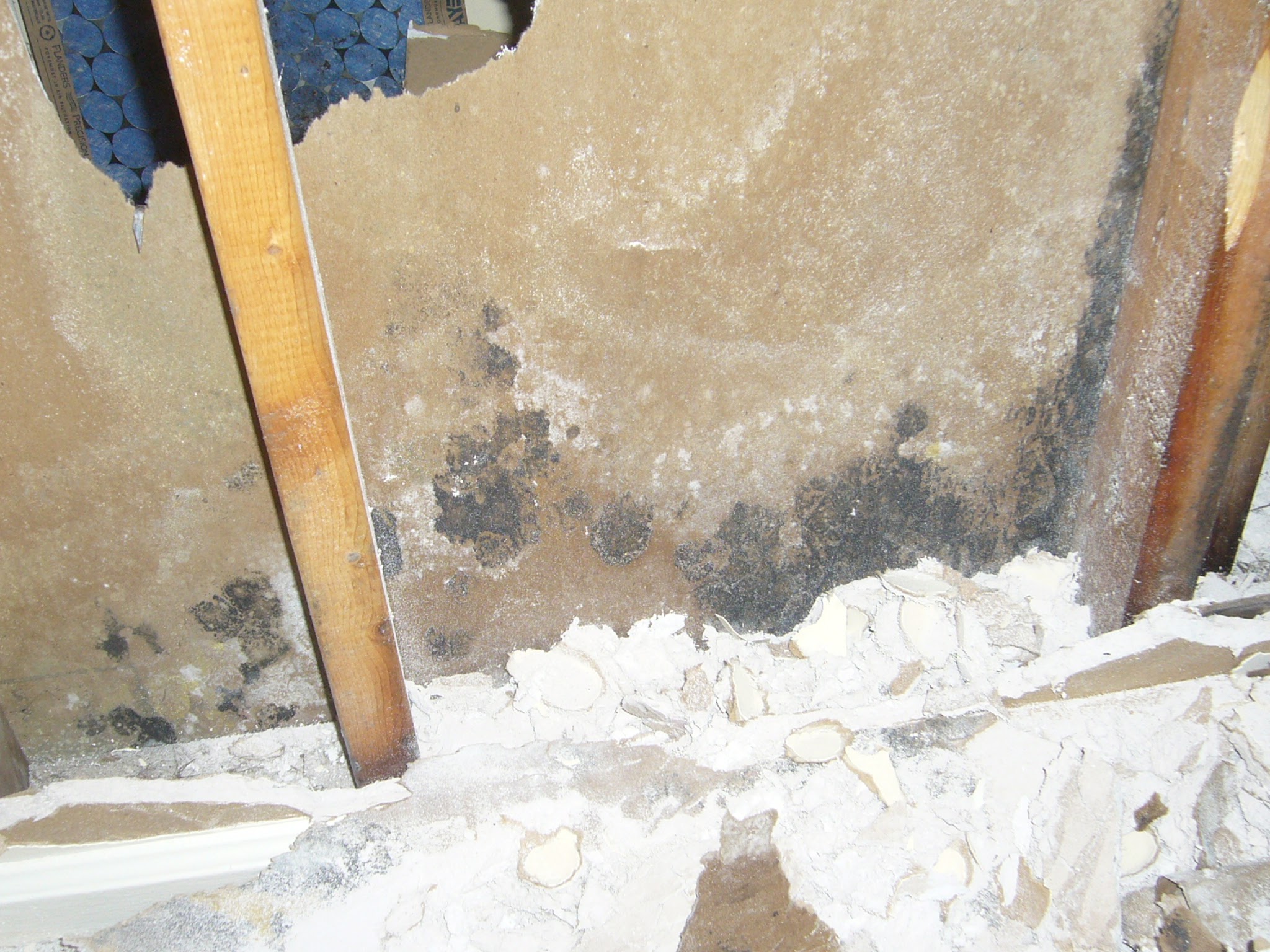What're your opinions regarding How to Fix a Water Damage Bathroom?

The bathroom is exceptionally vulnerable for wet buildup and potential water damage due to the frequent use of water in it. This article offers simple inspection techniques to aid identifying water damages threats.
The regular use of water in the restroom makes it very prone for wet buildup as well as prospective water damages. By evaluating it on a regular basis, you can minimize water relevant problems.
The adhering to set of evaluations is simple to do as well as must be done when in every 3 months in order to keep your shower room in good shape and to prevent potential water damages caused by the bathtub, the shower, pipeline joints and also plumbing, sinks, closets, and also the commode
Do not disregard doing these assessments as well as be extensive while doing them. Keep in mind that these easy inspections can save you a great deal of cash by supplying early indications for water damage
Sinks and also Cabinets
Sinks and also cupboards are subjected to moisture and moisture day-to-day as well as are often forgotten. Evaluate on a regular basis under the sink and on the countertop over it. Fix any drip in the trap as it might suggest drain troubles. Check out the sink, sluggish draining pipes might suggest a blocked drainpipe. Change sink seals if they are broken or loose.
Bath tub as well as Shower
The shower and bath tub need special focus as well as maintenance. Inspect the tiles as well as replace if split. Ensure that there is no missing out on grout in between the tiles. Evaluate as well as change broken caulking at joints where the wall surfaces meet the flooring or the bathtub. Obstructed drains as well as pipes issues will certainly avoid the bath tub from drying and also may suggest major troubles below the bath tub. Consult with an expert immediately to avoid architectural damage. Take notice of discolorations or soft areas around the bath tub walls as they might show an internal leakage.
Plumbing
Signs for water damages are hard to find since many pipelines are installed inside the walls.
Pay unique focus to flooring as well as wall surfaces moisture as well as discolorations as they may indicate an undetectable plumbing problem. Check wetness degrees in adjoining rooms also.
The Commode
The toilet is a susceptible water junction. Examine the water lines as well as look for leaks around the bathroom seat, in the pipe, and under the water storage tank. If you find any kind of signs of wetness on the flooring around the toilet, check for leakages in the toilet edge and storage tank seals.
Realize that hanging toilet bowl antiperspirants raises the chances for clogs.
Water Damage Signs In The Bathroom To Avoid Cleanup
Musty smell
This is one of the easiest signs to catch because musty smells are so odorous. The damp, earthy, moldy smell should be a big red flag. The smell will develop when moisture gets trapped in surfaces, and begins to facilitate mold growth. Leaking pipes under cabinets, inside walls, and behind shower fixtures will cause moisture to stay trapped and not dry, which will lead to mold growth and spread. As soon as you notice any musty smells in your bathroom, have it checked for hidden water damage and cleanup signs.
Visible mold
If the smell isn’t there to give it away, sometimes you will actually see mold growth. Finding mold in your bathroom is a serious problem, because mold is very harmful to your health. By the time mold growth is visible, it also means that water damage has already occurred and been present for some time. The only way the mold problem can be resolved is to find the source of the moisture and get it stopped. To safely and adequately remove mold, you need to have professionals handle the remediation. Do not waste any time in getting mold problems addressed, fixed, and sanitized so that you can protect you and your family from the many respiratory symptoms caused by mold exposure.
Damaged floors
Bathroom floors should be able to withstand some exposure to water while still remaining in good condition. However, when excess exposure or water leaks occur, they will begin to damage even the most water-resistant flooring. If you notice any cracking, bubbling, staining, or warping on your bathroom floors, there is probably a water leak somewhere causing the distortion. If you notice areas of the floor have become softer, or even have a spongy feeling, there is probably damage to the subfloor. Subflooring is typically made up of plywood. When plywood is exposed to water or moisture, it will absorb it. Once it has become saturated, the weight of the excess water will cause the wood to swell and soften. Check the floors in your bathroom frequently to catch any of these sings before they lead to damaged subflooring.
Changes on walls
When water leaks behind walls, it will cause changes in the drywall. Peeling plaster, blistering paint, and soggy wallpaper are all good indicators that excess water is building up behind the wall. Water leaking behind drywall will cause it to swell and be soft to the tough. If you start to notice gaps along the trim of your walls, or where tile meets the wall, it could also be a strong indicator that there is a leak behind the wall. Any changes, distortion, or damage on the walls should be evaluated as soon as you notice it to prevent further water damage and cleanup.

I recently found that piece of writing on How to Fix a Water Damage Bathroom when exploring the web. Enjoyed reading our review? Please share it. Help other people locate it. Thank you so much for going through it.
View Website